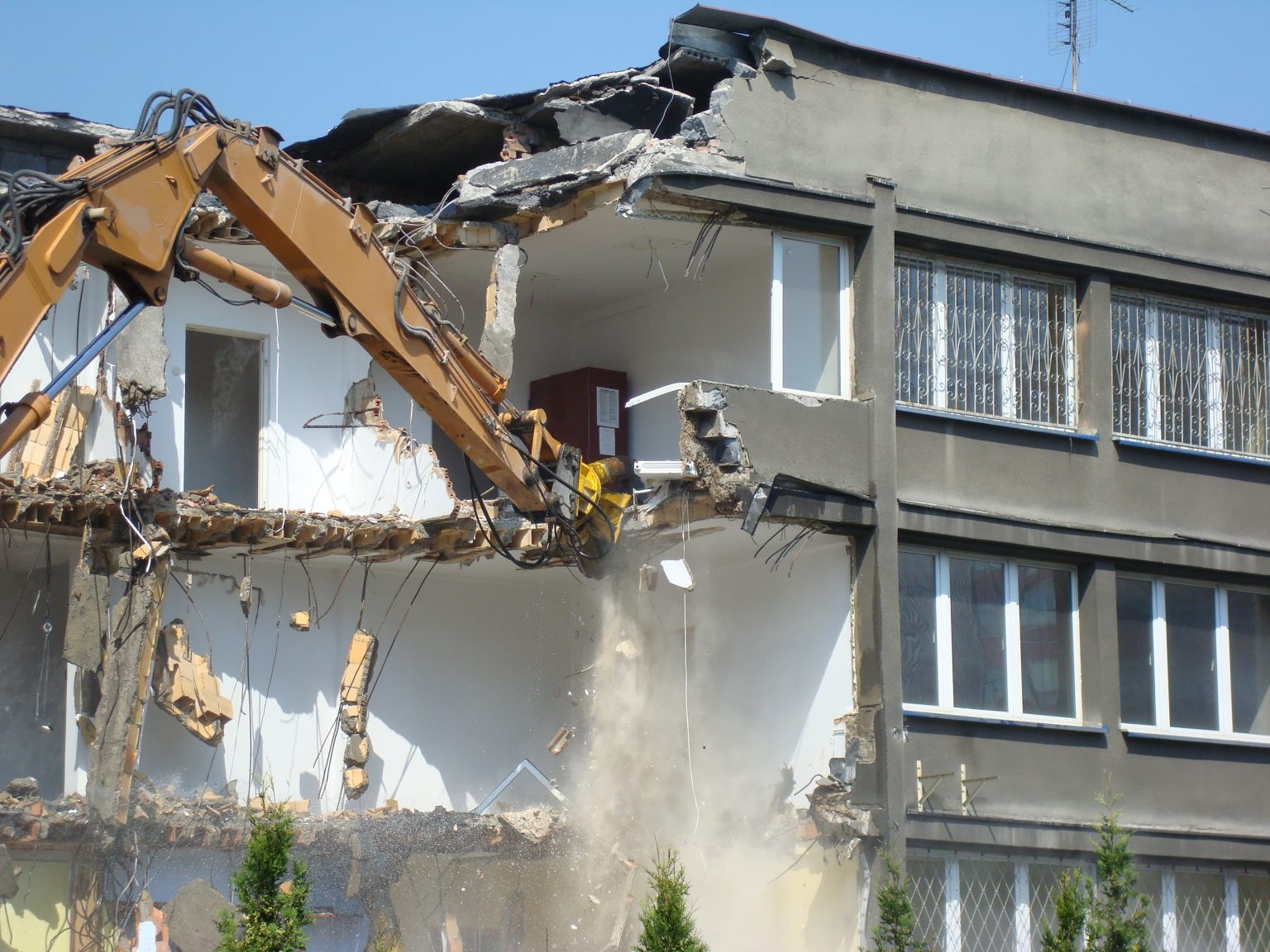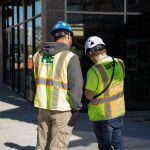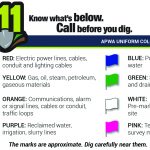
Safety on Demolition Sites
Earlier this year, a tragedy occurred in Philadelphia when an unsupported wall at a demolition site fell onto an occupied Salvation Army store. Sadly, six were killed and 13 injured. Numerous investigations were immediately started to find out exactly what happened that day and to find ways to ensure it doesn’t happen again. City policy and law makers scrambled to beef up the requirements for obtaining a demolition permit. And earlier in October five bills were introduced that incorporate most of the recommendations of the Special Investigating Committee on Demolition Practices.
In summary, the bills (which are subject to change) are as follows:
- Demolition permits would be separate from building/construction permits. Increased training for L&I code officials would also be required.
- A licensed site safety monitor would be required at every construction or demolition site.
- Demolition contractors would have to have a valid demolition license.
- Fire departments could issue stop work orders if a site is deemed unsafe.
- Contractors would be required to provide a site safety plan to L&I before beginning. L&I officials would have to review the plan and ensure a safety zone surrounds demolition areas. In addition, mechanical equipment used for demolition would be prohibited when a structure is physically connected to another structure that is not to be demolished. (Packel, Dan. “Demolition Legislation Introduced In Philly City Council.” Law360. Law360, 03 Oct. 2013. Web. 21 Oct. 2013.)
The Committee expects action on these bills by the end of the year in order to budget for them properly next year. Demolition contractors should begin beefing up their safety programs and practices now if they haven’t already begun to do so. A book could be written on all the possible ways to make demolition sites safer, but we’ll attempt to highlight some of the more important issues here that all contractors should be complying with in order to provide a safe worksite for employees and the public:
- Training – One of the most obvious ways to make your demolition sites safe is to provide employees with the knowledge they need to do so. At the least, provide OSHA-authorized 10-Hour Construction training. Foremen and project managers should receive 30-Hour training. Before beginning any demolition work, provide site- and task-specific training for all employees. Ensure all training is documented!
- Prior to beginning any work, establish a demolition plan and a site-specific safety plan that details how you will safely demolish the building, especially providing safety measures for any surrounding structures and the public. Have an engineering survey completed by a competent person or a certified engineer depending on the type of demolition and hazards present.
- Complete asbestos testing for older structures or if it’s to be expected that asbestos may be present.
- Institute an employee screening process that includes drug-testing.
- Ensure subcontractors are qualified to do the work. Ask to see training documentation, TRIR numbers, evidence of experience and the degree of difficulty of the demo projects they’ve worked on in the past.
- Put up fencing or other barricading structures to keep the public out of the jobsite. Signage on the fence should warn the public to keep out and should also provide instructions for reporting complaints or dangerous conditions in both English and Spanish. Information provided should include the contractor name, address and telephone numbers.
- Notify, work with, and educate nearby property owners.
- All utility lines should be properly marked and shut off before demolition begins.
- Use water to decrease dust exposure.
- Above all, use common sense!
This information is provided as a service to you by Compliance Consultants, Inc.



